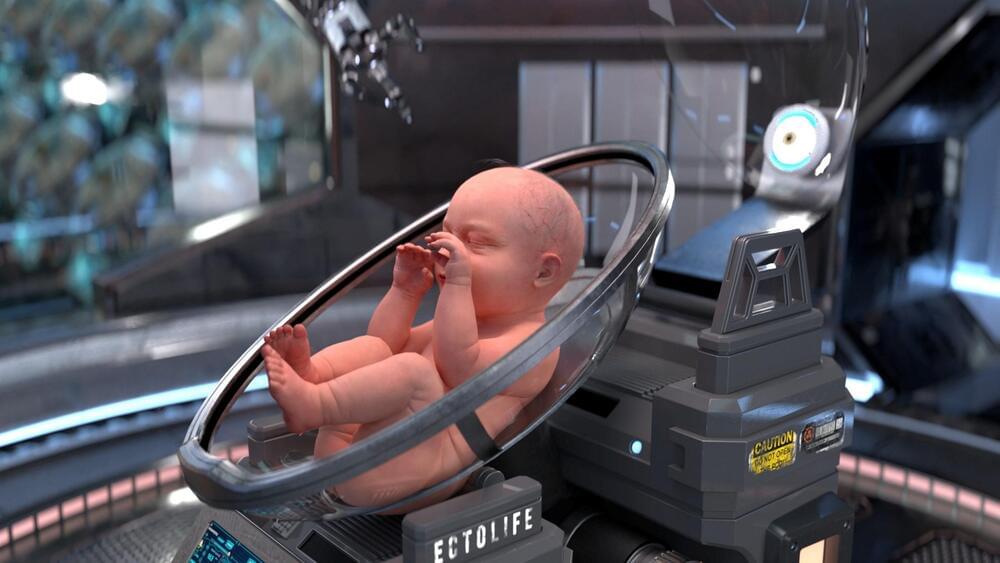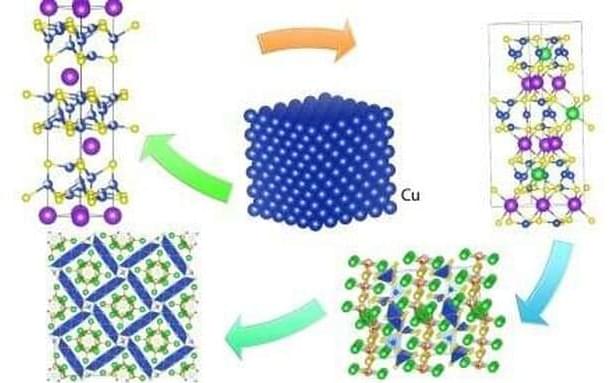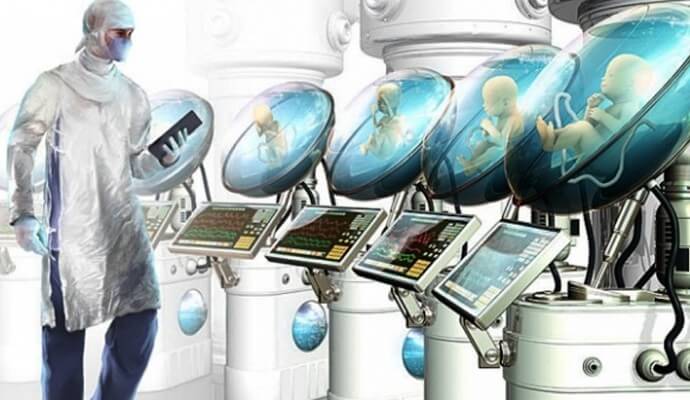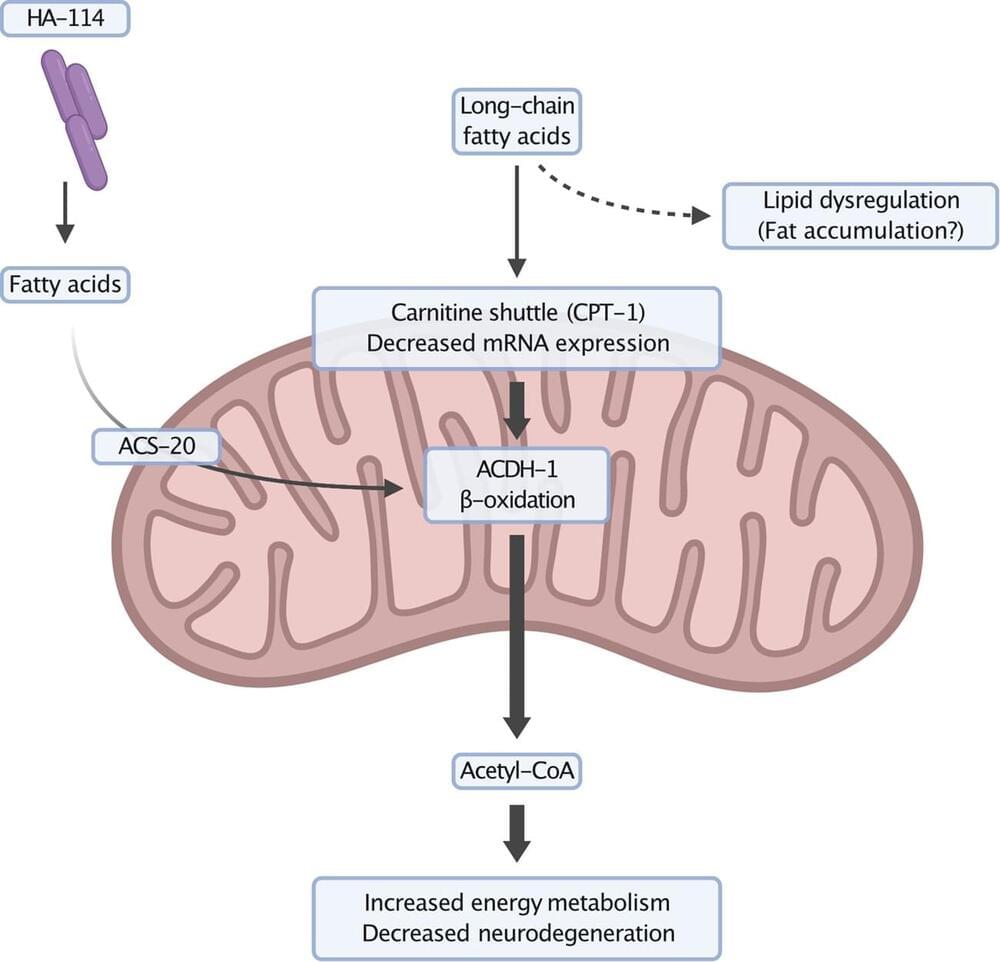BIRMINGHAM, United Kingdom — Servers around the world could soon face a massive data storage crunch, thanks to the “mind-blowing amount” of information people store digitally every day.
Researchers from Aston University say the global datasphere — the total amount of data worldwide — will increase by 300 percent within the next three years. Currently, all of this data sits in banks of servers stored in huge warehouses (data centers).
Unfortunately, the answer to creating more space in “the cloud” is not just to build more server warehouses. The Aston team says data centers already use up 1.5 percent of the world’s electricity every year. That makes endlessly building new facilities just for massive servers an unsustainable practice.





